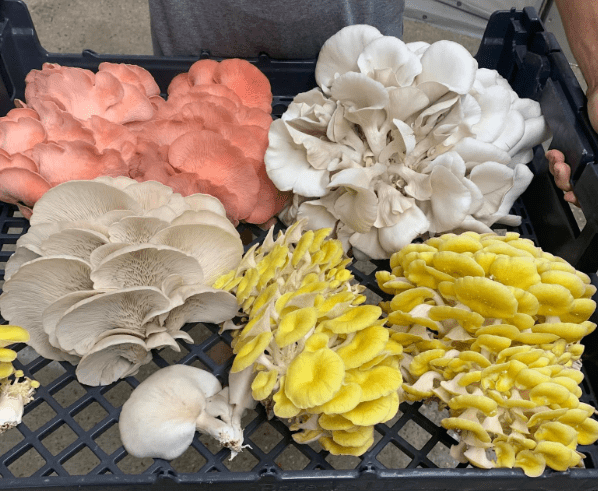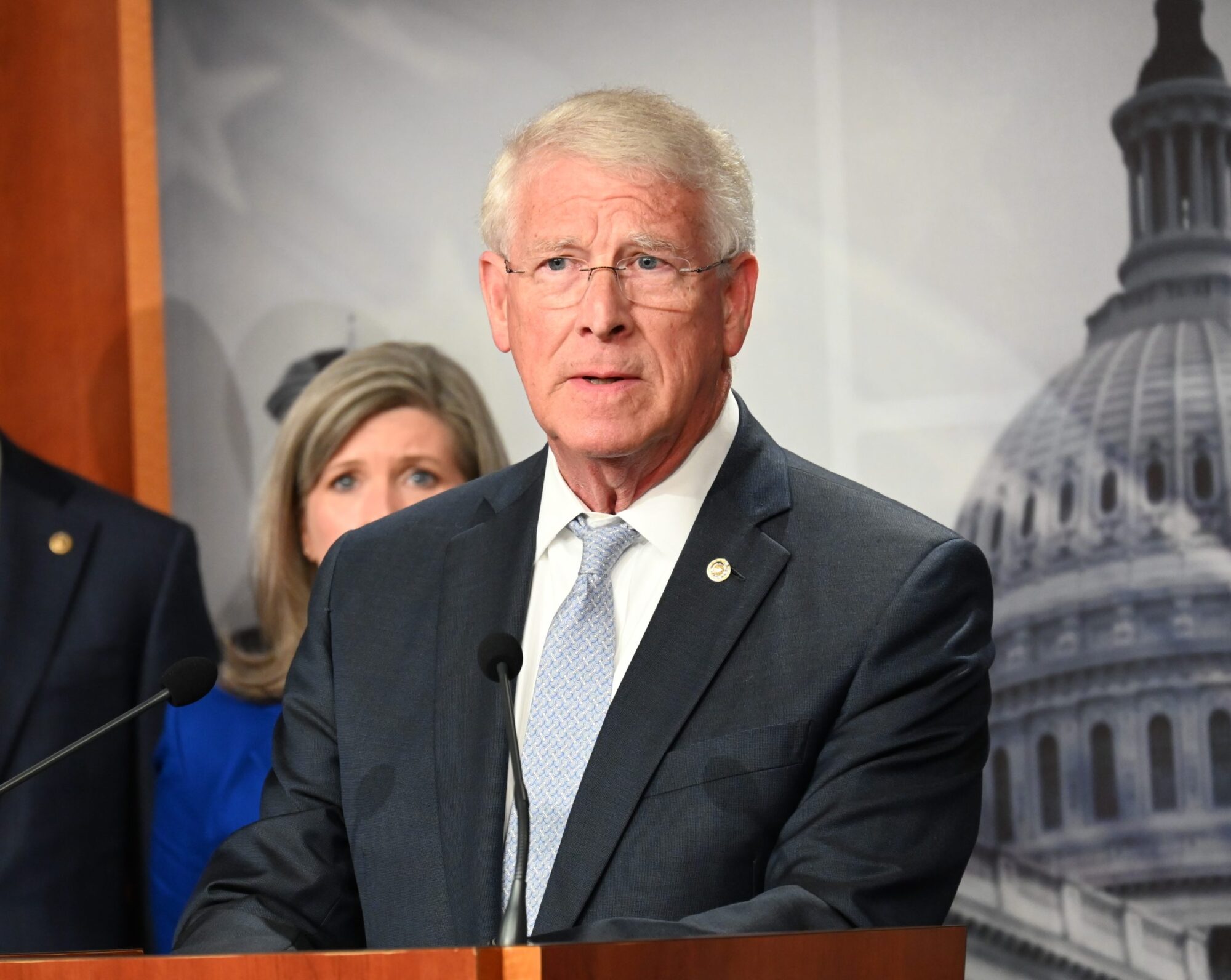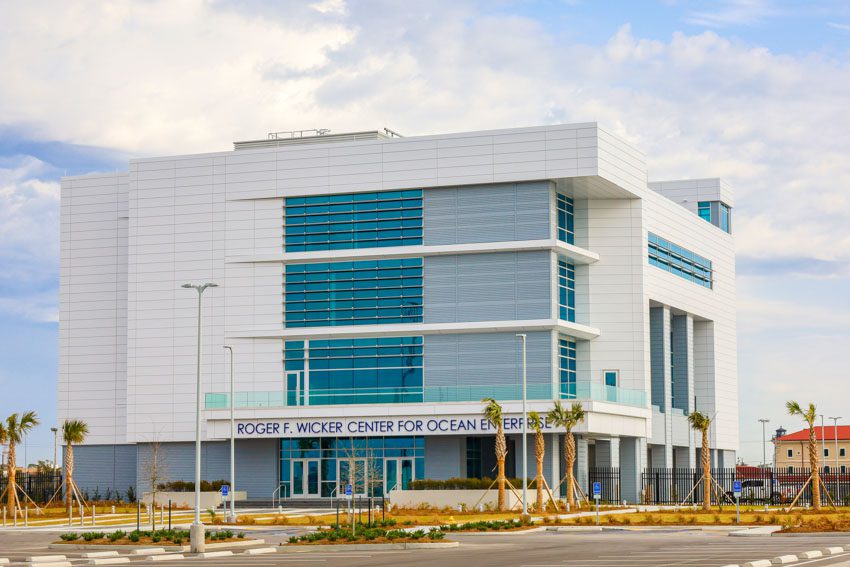
Sid Salter
By: Sid Salter
In the interest of not “burying the lead,” let me note that although she never set foot in the State of Mississippi or cast her eyes on the alluvial fan of the mythical and mystic Mississippi Delta region, the late Queen Elizabeth II was by virtue of her investment portfolio the owner of a “mammoth” cotton plantation in Bolivar County, Mississippi.
It was known as Queen’s Farm in Scott, Mississippi. Black sharecroppers primarily worked it. But first, some context.
Like most Mississippians, the only ruler on the throne of the British monarchy during my lifetime was up until last week Her Royal Highness Queen Elizabeth II. I am now in my early 60s.
At her death last week at Balmoral Castle in Scotland at the age of 96, Queen Elizabeth II was a beloved and iconic figure not just among her subjects in the British empire but globally. She was the embodiment of the British “stiff upper lip” and a formidable woman who led her nation from the ruin of two world wars into a new century.
The Queen was 13 when World War II broke out. She and her family stayed at Buckingham Palace when the bombing began in London in solidarity with their subjects. When she turned 18, Elizabeth joined the women’s section of the British Army – training and serving as an auto mechanic. When the war ended, she joined the celebration with her subjects – dancing in the streets of Trafalgar Square in her uniform.
She was a faithful friend and ally to the United States in peace and war. There was a dignity about her – even in the modern era when her own country criticized the institution of the monarchy and when the bad and often very human behavior of members of the royal family deepened that criticism – that was unwavering.
American presidents sought audiences with her, as did world leaders and figures in pop culture and sports. She was the most photographed woman in history – with her image adorning currency, postage stamps and advertising gimmicks around the world.
At her passing, the Queen held a personal fortune estimated at some $520 million, mostly real estate based. The assets of the British monarchy as an institution (mostly held in the Crown Estate) are estimated at $88 billion.
As one might imagine, the monarchy held properties around the globe. A lesser-known holding was in Bolivar County, Mississippi. As of 1968, the Queen through investment in the British textile company Courtaulds owned an interest in a 38,000-acre cotton plantation in Mississippi.
Historian and cotton plantation system scholar Lawrence J. Nelson published a 1984 article in The Journal of Southern History examining The Queen’s Farm and the Delta & Pine Land Company in which Queen Elizabeth II was an investor:
“This mammoth operation . . . was by far the largest cotton plantation in the American South, rambling over nearly 60 square miles (about 38,000 acres) of the fertile Mississippi Delta. A significant factor in the financial and social success of this essentially British-owned plantation was the leadership of its president, Oscar Goodbar Johnston, a native Mississippian who had had careers in banking, planting, politics, and at the bar.
“Of keen intellect and strong personality and will, Johnston was 47 years old when he assumed the presidency of a failing plantation in 1927 and steered it through the economic morass of the Great Depression. After ten years of his management, Delta & Pine Land’s accounts showed 6 black years, 3 red – a remarkable achievement owing in part to astute leadership and in part to the cotton (subsidy) programs of the New Deal,” Nelson wrote.
After the Queen’s investment, it was revealed that the British company had received approximately $1.5 million in U.S. crop subsidies. In 1971, The New York Times reported congressional action to enact ceilings on price supports for individual farms. The measure passed the U.S. House over the opposition of then-House Speaker Carl Albert and then-Minority Leader Gerald R. Ford. Ford would later dance with the Queen at the White House as president.
The Queen’s interests in Courtaulds later dissolved into the company and Delta & Pine Land was sold first to Monsanto and then ultimately to Bayer, a German multinational company.











